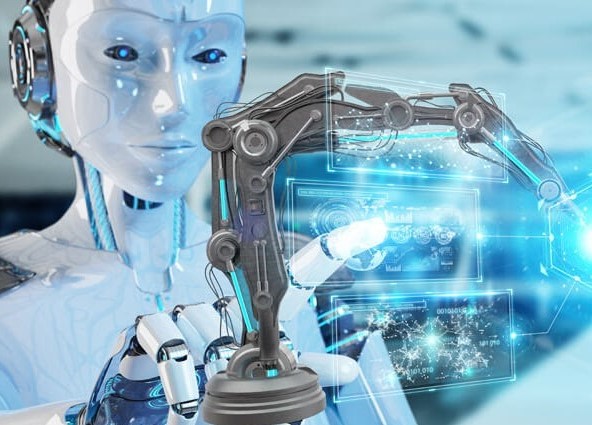Robotics
China leads global growth of industrial robots
Almost 4-million robots were in use across various industries by the end of 2022, writes Statista data journalist FELIX RICHTER.
While more and more consumers enjoy the convenience of having a robot vacuum their home or take care of the lawn, it is in industrial applications that robotics have made the biggest impact. State-of-the-art manufacturing processes are unthinkable without industrial robots handling part of the workload, whether it’s handling, welding, or assembling, which are the three most common applications of newly installed industrial robots in 2022.
As the following chart, based on data from the International Robotics Federation (IFR) shows, the operational stock of industrial robots has tripled over the past decade, with almost 4-million robots in use across various industries by the end of 2022.
According to the IFR, Asia leads the way in the shift to automated processes, with China in particular installing industrial robots at breakneck speed. In 2022, the country accounted for more than 50% of newly installed industrial robots worldwide, quickly catching up with industry leaders South Korea and Japan, who had the highest density of robots installed per 10,000 workers in the manufacturing industry in 2021.
 |
According to the World Robotics report, a record number of 553,000 industrial robots were newly installed last year, as the global operational stock climbed to 3.9-million by the end of 2022.
As the chart below shows, China alone accounted for more than half of new installations in 2022, making it by far the largest market in the world.
 |
With just over 50,000 new installations, Japan came second last year, followed closely by the United States and South Korea.
Japan is also the largest manufacturer of industrial robots, according to IRF, accounting for 46% of global production in 2022.
While China is the largest market in absolute terms and in terms of growth, South Korea and Japan are ahead of the world’s manufacturing superpower in terms of robot density, i.e. installed robots per 10,000 manufacturing workers.
According to the IFR, South Korea had 1,000 installed robots per 10,000 employees in the manufacturing industry, compared to 399 for Japan and 322 for China.

















